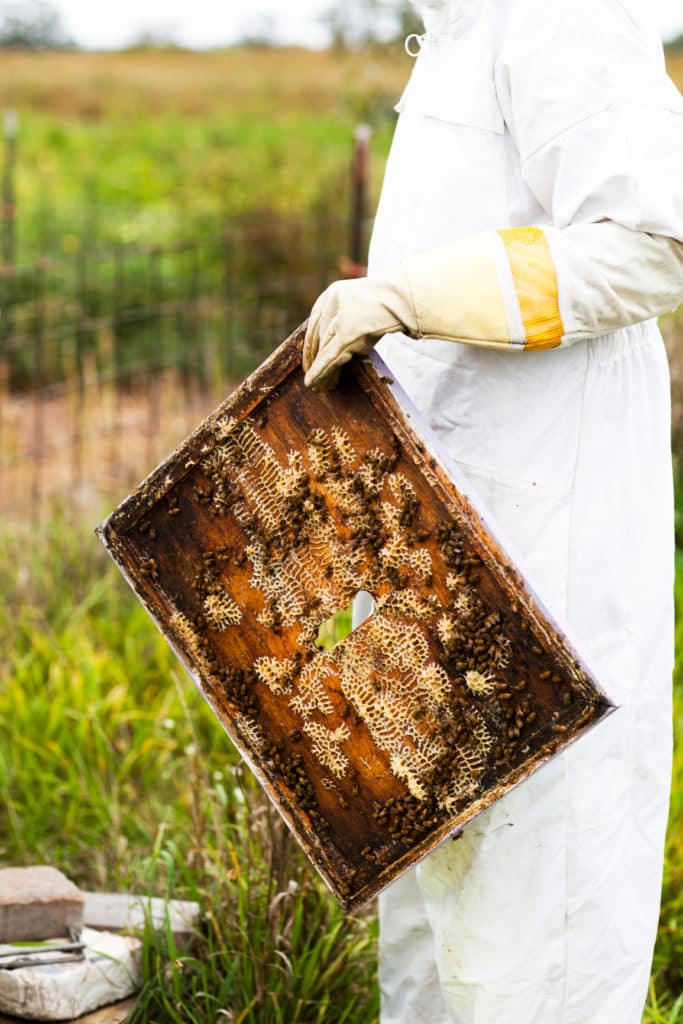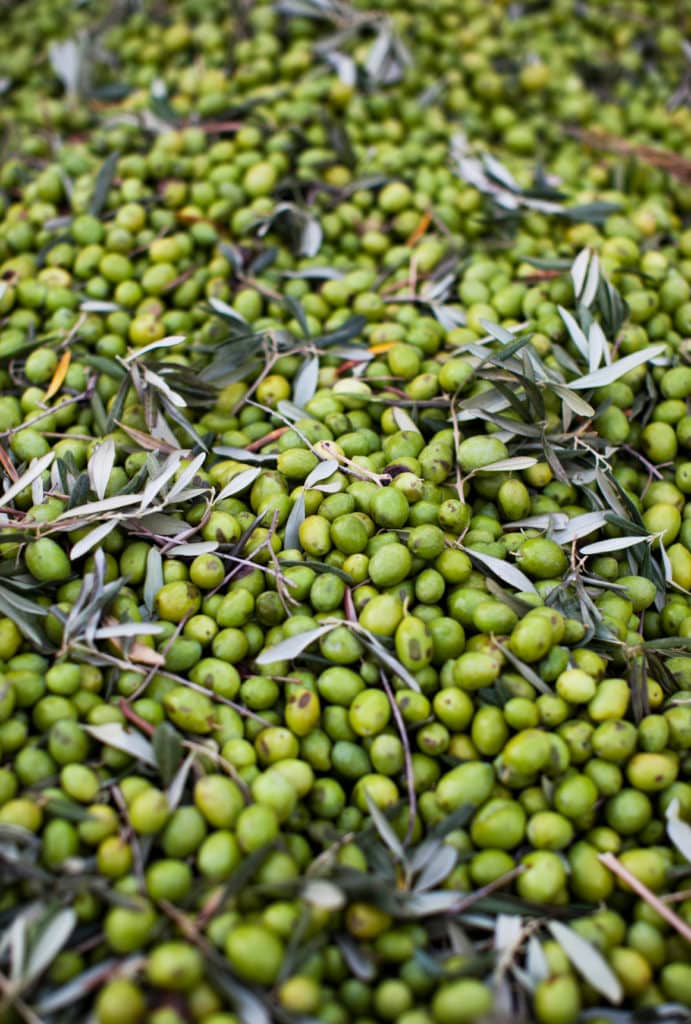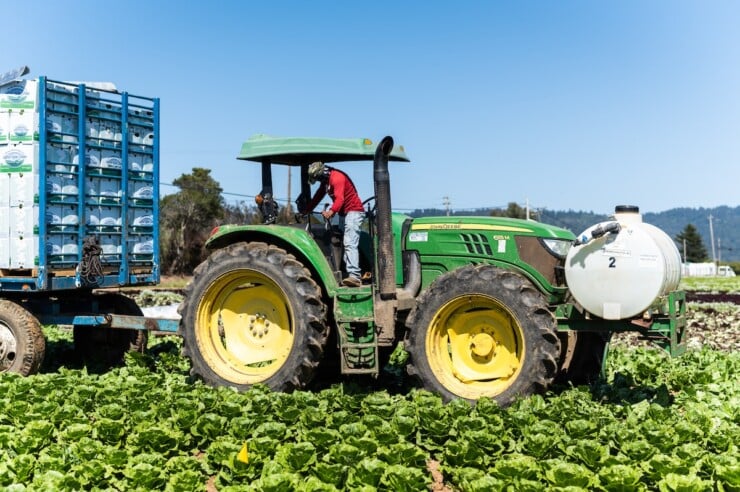Regarding the ultimate farm-to-table experience in California, Sonoma food steals the show. Nestled in the heart of Wine Country, this Northern California gem boasts world-class wines, vibrant farmers’ markets, and a deep commitment to sustainability. From locally grown produce to artisan cheeses and olive oils, Sonoma County is a must-visit destination for food lovers.

As a born-and-bred Californian, I’ve dedicated my career to supporting local farms and makers. As a California travel planner, I often arrange trips for clients to Sonoma County, connecting them with everything from farm-to-table restaurants and bustling farmers’ markets to behind-the-scenes farm tours and hands-on culinary experiences.
Sonoma food isn’t just delicious—it embodies California’s agricultural legacy, and I love sharing that with visitors.

Why Sonoma County Is a Food Lover’s Dream
Sonoma County’s unique geography, climate, and community blend make it a culinary hotspot. Just 50 miles north of San Francisco, the region’s diverse landscape includes a rugged coastline, lush river valleys, and sun-drenched hillsides.
The mild Mediterranean climate and microclimates create the perfect environment for growing a dazzling array of crops—from heirloom apples to wine grapes. Sonoma food reflects this diversity. Local farms grow everything from olives and mushrooms to specialty melons and heritage beans. This bounty is celebrated at farmers’ markets, farm-to-table restaurants, food halls, and vineyards, where sustainability is a key focus.

What Is Grown In Sonoma County?
A visit to a farm stand or a local restaurant is a great way to get a peek into all the Sonoma County produce. Its agriculture is diverse, with wine grapes, free eggs, dairy, meat, poultry, flowers, fruits, and vegetables grown across the region.
While grapes in Sonoma are one of the biggest crops, local farms also grow and produce specialty crops like olives, apples, peaches, melons, honey, and mushrooms. It has a long-standing commitment to supporting local and sustainability in everything from agriculture to tourism.
Farmers and food producers work as a community to provide watershed land and wildlife habitats as part of those initiatives.

What kind of wine is Sonoma known for?
Of all the Sonoma local produce, wine is the best known. The Sonoma wine region needs no introduction, as some of California’s premier wines come from here.
About 500 wineries exist across the 18 American Viticultural Areas (AVAs, or appellations), and the topography means it’s one of the most diverse regions with more than 60 varieties planted. Even so, a handful of grape varieties make up over 90% of the grapes that go into Sonoma County wines. Namely, Chardonnay, Cabernet Sauvignon, Merlot, Pinot noir, Sauvignon Blanc, and Zinfandel.

What food is Sonoma County known for?
There are even a few types of produce that initially come from Sonoma. Like the Bodega Bay Red Potato, the Petaluma Gold Rush pole bean, the Crane melon, and even mesclun lettuce mix. Here is some local produce you can find at Sonoma County farmer’s markets by planning farm visits or on menus as you eat across the region.
Sustainable Wine
As you’ve read, California is a global leader in sustainable winemaking, which is the case in Sonoma. This ranges from classic wineries like Kendall Jackson to beloved high-end spots like Ram’s Gate.
Even the Benziger family has been committed to sustainability for over two decades, and their wines are certified sustainable, organic, or biodynamic. Anaba Winery has committed to making more energy than it uses, while the hip Scribe practices non-interventionist winemaking.
Local Olive Oil
All that talk of Mediterranean climate means the warmer parts of the county are perfect for growing olives. You can tour a local mill at Figone’s Olive Oil Company, head to BR Cohn, which was the first single-estate olive oil produced in California in over a century, or visit the ranch and mill and do a tasting at the renowned McEvoy Ranch.
Trumpet Mushrooms
Meanwhile, the cooler climate areas of the region are ideal for mushrooms. The Trumpet Royale –a mushroom similar in texture to a porcini–was created in Sonoma. Sebastopol-based Mycopia Mushrooms is credited with creating the mushrooms, and while you can’t schedule a visit, you can attend one of their events.
Local Apples
It’s believed that the first Gravenstein apples were brought over from Europe and planted in Fort Ross in the early 1800s. But Sonoma has its variety–the Winterstein apple– a cousin of the Gravenstein.
The apples don’t ship well, so you’ll want to be on the lookout for them if you visit Sonoma when they’re in season from summer into early fall. Devoto Gardens & Orchards grows many apples at farmers’ markets, grocery stores, and regional menus.

Local Cheeses
The cheese scene in Sonoma is nothing to scoff at, with over 30 creameries and farms making cheese with everything from sheep and goat and cow’s milk to even water buffalo. Many of those spots allow you to visit for anything from cheese tasting or guided tours to even hands-on cheese-making classes.
For an account of cheese in California, head to the historic Vella Cheese Company in downtown Sonoma for Jack cheese or to Joe Matos Cheese Company for their acclaimed St. Jorge cheese. Make a cheese-focused itinerary by checking out the California Cheese Trail map.
Be on the lookout for our favorite ricotta by Bellwether Farms and the acclaimed Laura Chenel goat cheeses made by just one of the many talented California women in agriculture.
Explore Sonoma Food Firsthand
Sonoma food shines brightest when experienced in person. Start your day at a farmers’ market, where vibrant stalls overflow with fresh produce, baked goods, and locally made products.
Then, hit the Sonoma County Farm Trails, a network of farms and artisans offering everything from tours to cheese-making classes.
Don’t miss Sebastopol’s Mycopia Mushrooms, creators of the renowned Trumpet Royale mushroom, or a tasting of Gravenstein apple cider.
For those who want to dive deeper, sign up for a hands-on workshop or visit a farm-to-table restaurant. Many of Sonoma’s top dining spots work directly with local farms, ensuring every meal is as fresh and seasonal as possible.
Frequently Asked Questions About Sonoma Food
Sonoma County is renowned for its diverse and abundant agricultural production. Key products include:
- Wine Grapes: Sonoma County is one of the world's leading wine regions, famous for its premium vineyards producing high-quality grapes such as Pinot Noir, Chardonnay, Cabernet Sauvignon, and Zinfandel.
- Dairy Products: The county has a strong dairy industry, known for artisan cheeses and organic milk products.
- Orchard Crops include apples, especially heirloom varieties, and other fruits like pears and plums.
- Vegetables: Various vegetables are grown here, including lettuces, tomatoes, and specialty crops like heirloom beans and garlic.
- Olive Oil: Sonoma’s Mediterranean climate is ideal for growing olives pressed into high-quality, artisan olive oils.
Sonoma County's agriculture significantly influences its local cuisine, creating a vibrant farm-to-table dining culture that attracts food enthusiasts from around the world:
- Local Restaurants: Many chefs in Sonoma County restaurants utilize fresh, local ingredients, crafting menus that change with the seasons to reflect the freshest produce available.
- Farmers Markets: The county hosts numerous farmers' markets offering local fruits, vegetables, meats, cheeses, and other artisan products directly from producers to consumers.
- Food Festivals: Sonoma County has several food festivals celebrating local agriculture, including the Sonoma County Harvest Fair and various wine and food pairing events showcasing the synergy between local food and wines.
Sonoma County is a leader in sustainable farming practices, which include:
- Organic Farming: Many farms adhere to organic standards, avoiding synthetic pesticides and fertilizers to maintain healthy soil and ecosystems.
- Water Conservation: Techniques such as drip irrigation and moisture-sensing technology are widely used to minimize water use.
- Integrated Pest Management (IPM): This approach uses environmentally sensitive methods for pest management, reducing reliance on chemical pesticides.
- Cover Cropping and Crop Rotation: These practices are used to naturally enrich the soil, prevent erosion, and improve crop yields.
Get A Personalized Travel Itinerary

What Is Grown In California?
Sonoma County is a treasure trove of agricultural diversity, producing everything from world-class wine grapes to fresh produce like apples, berries, and leafy greens. This region is a cornerstone of California’s agricultural identity, with sustainable practices and farm-to-table connections at its heart.
Explore our article on what is grown in California to see how Sonoma fits into the bigger picture. It highlights the state’s incredible variety of crops—from almonds and avocados to citrus and wine grapes—and showcases why California is a leader in feeding the nation.

California-Inspired Recipes
Want to get a taste of the Golden State at home? Cook up these recipes inspired by the Golden State:

California Wine Country Travel Guide
If you’re inspired to explore more about this iconic region, our California Wine Country Travel Guide offers everything you need to plan your visit. Discover the best wineries, restaurants, and experiences that showcase the beauty and bounty of California wine country.
Have Us Plan Your California Road Trip
Did you know we’re also a boutique travel agency specializing in California vacation planning? If you want to plan a trip to California, our California trip planner services are here to help you plan your perfect itinerary.
Photography Credit: Sonoma hills photo by Trinette Reed; all other photos by Sara Remington
Sponsored Post: This article was brought to you by California Grown. Thanks for supporting these sponsors who help us keep Salt & Wind Travel up and running!